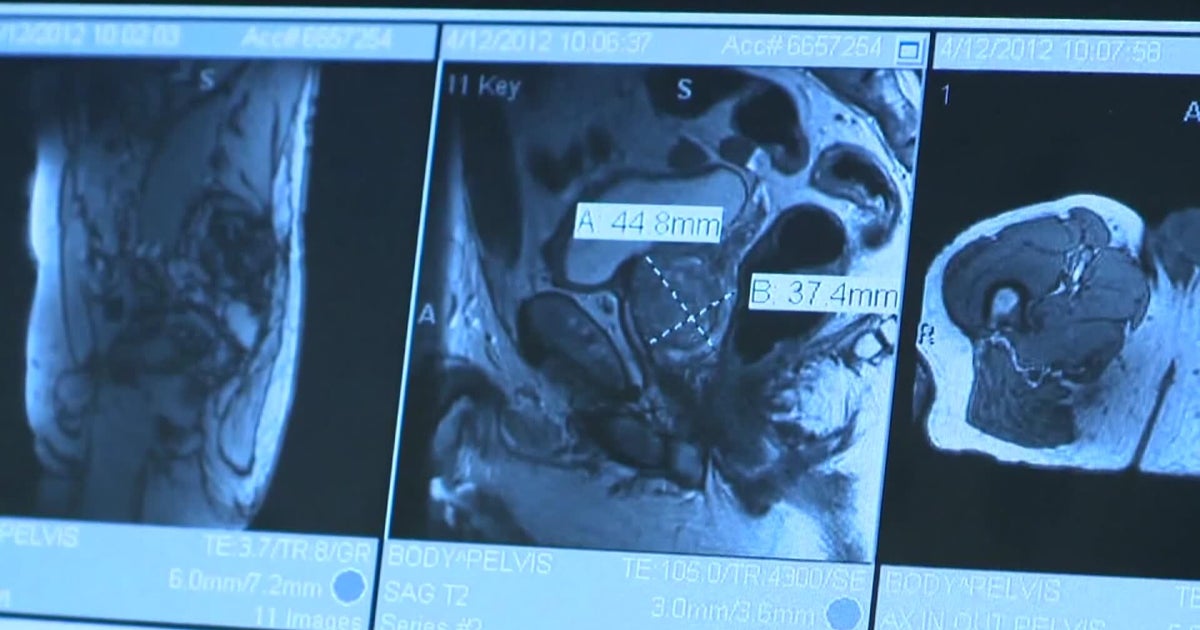Doctors are warning men not to wait for symptoms before testing for prostate cancer, a disease that is becoming more common with age but is highly treatable if caught early.
What is the prostate and what does it do?
The prostate is located just below the bladder in men and produces most of the ejaculate. As men grow older, it can often cause complications, said Dr. Jeff Marks, a urologist with HCA Florida Westside Hospital in Plantation.
“When you’re old, it can be a problem for two reasons,” Marks said. “It can get big and make it more difficult to urinate, or you could develop, very common, develop cancer.”
To check for problems, men may undergo a rectal exam or screening for PSA levels, which measure a specific hormone or protein.
A patient’s story
Marco Manzi began screening for prostate cancer in his 30s, decades earlier than typically recommended.
“As time went on and as I got older, the PSA was changing and rising,” he said. “For the most part, they claim that anything under 4.0 is normal.”
But when his PSA reached 3.5 in his 60s, Marks advised a biopsy.
“You hear the word prostate cancer, and the first thing you think of is mortality, how much time do I have left?” Manzi said. “When you have prostate cancer, at least for me, I didn’t have any symptoms.”
Difficult decisions
Although doctors told him his prostate was relatively healthy and that surveillance was an option, Manzi struggled with that choice.
“Mentally, I couldn’t wrap my arms around having this without some type of active treatment, even though surveillance is a form of treatment, relatively speaking,” he said.
He chose proton radiation therapy at Northwestern in Chicago, where his family lives.
“I had a very minimal reaction, if any, to the treatment,” he said. “It’s been almost five years. This November will be five years since treatment.”
Rising numbers
Marks said the medical field is seeing a 3 percent increase in prostate cancer cases each year. He emphasized that testing should not be delayed.
“Prostate cancer only becomes symptomatic when it’s in its late stages,” he said. “It’d be more difficult to urinate, or it can spread to the bones, and if you start getting significant low back pain, it could be related to prostate cancer spreading to your pelvic bones and spine.”
A treatable disease
According to Marks, prostate cancer is one of the most treatable forms of cancer if detected early.
“Particularly if it is caught confined to the prostate at stage one or two, survival rates are 90%,” he said.



